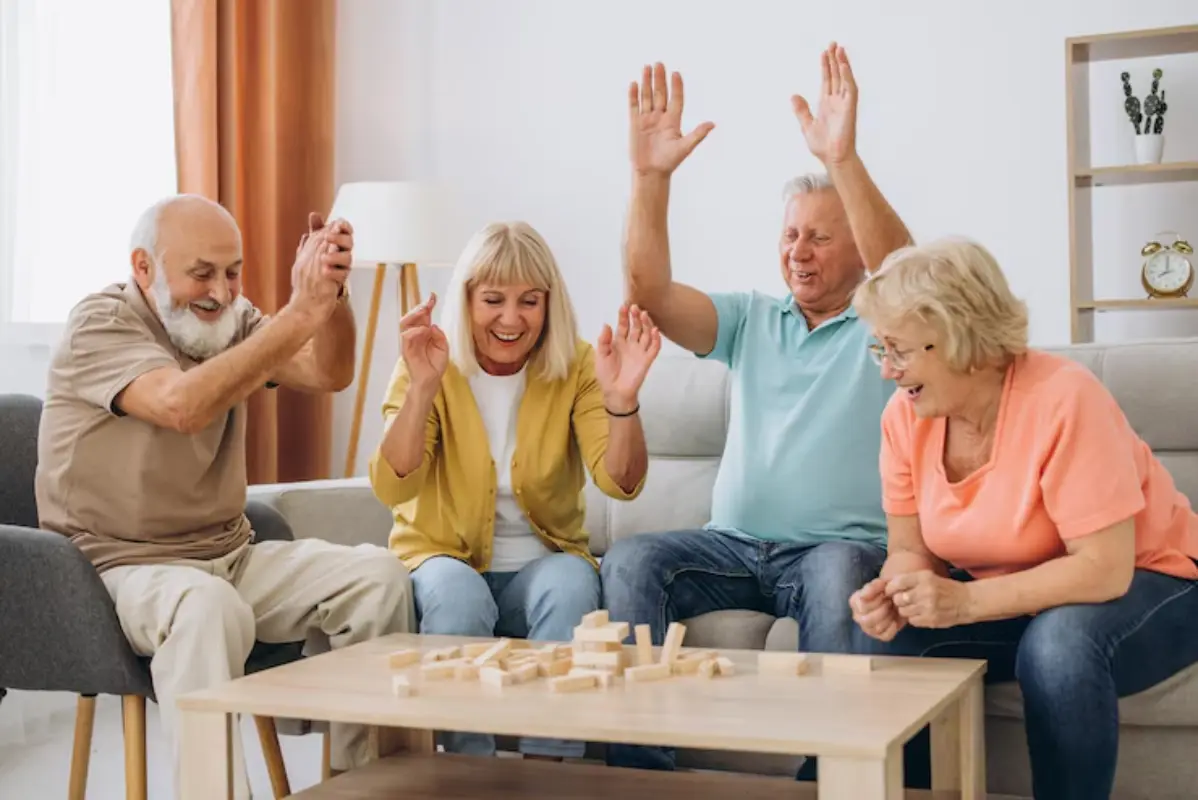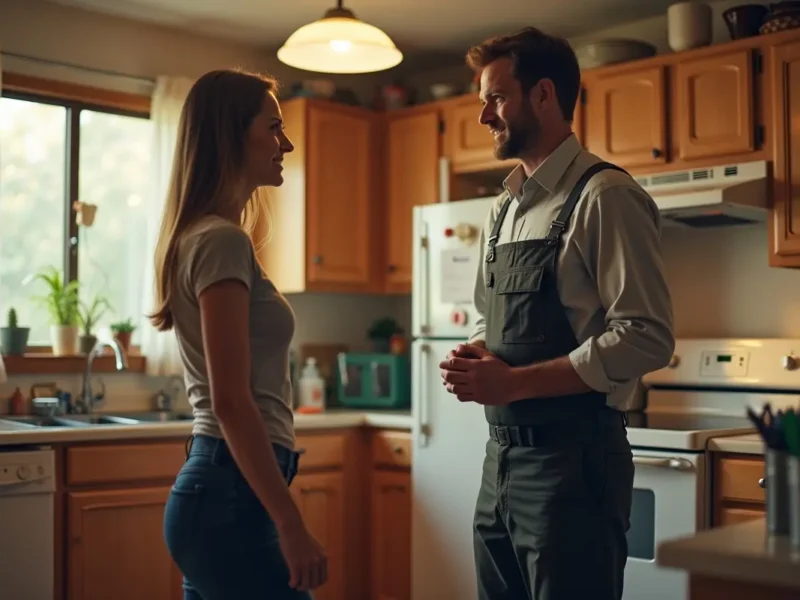As we age, social activity is crucial for overall well-being. It boosts cognitive function, improves mobility, and extends lifespan. Social activities, such as fitness classes, game nights, and coffee chats, can transform how older adults experience daily life, combating loneliness and improving mobility.
Contents
Why Social Activities Matter in Senior Living
For older adults, social activities aren’t simply about passing the time—they are the foundation upon which well-being, connection, and joy are built. As individuals enter their golden years, opportunities to interact and form real friendships can become scarcer due to retirement, changes in mobility, or family moving away.
Well-designed communities like Visalia assisted living recognize this challenge and make social engagement a cornerstone of daily life, offering everything from group outings to music and art classes. These activities catalyze self-expression and, as research consistently shows, promote improvements in mood and physical and mental health.
A growing number of studies reveal that regular time spent with others—whether in conversation or shared activity—can even slow the pace of cognitive decline. Seniors who actively socialize report a greater sense of purpose, improved memory, and fewer symptoms related to mental health conditions such as depression and anxiety. It turns out that the right environment, filled with chances to connect, makes all the difference in helping seniors lead fuller, healthier lives.
Boosting Mental Health and Cognition
There’s a remarkable link between staying socially engaged and preserving a healthy mind. Social activities like trivia nights, group discussions, and theater workshops offer crucial cognitive stimulation. These engaging moments require memory recall, critical thinking, and communication skills, all of which help keep the brain agile.
Seniors who step out of their comfort zones and try something new—like joining a poetry circle or art therapy group—often notice mental boosts. Such engagement is associated with sharper reasoning, better focus, and a more optimistic outlook on daily challenges.
The benefits aren’t just theoretical—real-world examples showcase their impact. One resident might recount how learning a new board game led to friendships and a much-improved memory. Others find structured classes give their week a rhythm and purpose, making the days feel more meaningful. By keeping the mind active and providing frequent opportunities for positive interaction, social programming becomes a pathway to greater mental well-being and a renewed sense of self-confidence.
Physical Wellness Through Group Activities
Physical activity is vital for seniors, but it can be difficult to maintain a routine alone. That’s why group-based wellness activities are often so successful—they motivate residents through camaraderie, enjoyment, and the anticipation of social time.
Exercise sessions designed for older adults, such as gentle yoga, tai chi, or aquatic aerobics, help prevent falls, strengthen muscles, and improve flexibility. Organized sports and walking clubs draw residents together, turning exercise into something to look forward to and making it easier to reach personal fitness goals.
The social side of physical activity encourages accountability. Knowing that friends are looking forward to your company in a morning stretch class or joining you for an afternoon walk adds positive pressure and excitement. This group encouragement often leads to more consistent engagement, lowering the risks of chronic conditions like diabetes, hypertension, and arthritis. The blend of movement and socializing fosters holistic wellness and can reignite a passion for active living, no matter one’s past experiences.
How Social Connections Reduce Loneliness
Feelings of loneliness and isolation can negatively impact mental and physical health and are associated with increased risks of illness and even mortality. The bright side is that social activities work as a powerful remedy. When seniors gather for shared experiences—community meals, storytelling hours, card games, or holiday celebrations—they reduce feelings of separation and nurture a sense of belonging. These positive exchanges, even if brief, can be enough to transform the tone of an entire week.
Frequent group interaction imparts structure and meaning to each day. Participants in regular activities report having more motivation and a clear sense of purpose—two essential elements of emotional resilience. Over time, connections grow into real friendships, and individuals know they have a support system to rely on. Simple gestures, like a smile or a heartfelt greeting, gradually turn neighbors into chosen family, illustrating that combating loneliness is a personal and collective journey.
Discovering New Passions and Hobbies
Senior living provides a unique opportunity for residents to rediscover old hobbies and explore new interests, exposing them to a wide range of activities. This diversity allows residents to enjoy activities like bird watching, photography, technology lessons, and cooking workshops, regardless of their background or mobility level.
Supportive group settings can reinite creativity and motivation for those who lost touch with their passions. Additionally, seniors can build confidence and find joy in new pursuits, proving that growth and connection have no age limit.
Creating a Vibrant Community Culture
A truly lively senior living community thrives on inclusion, celebration, and respect for each resident’s individuality. Communities that host intergenerational programs, invite guest speakers, or celebrate diverse holidays foster a sense of belonging and shared purpose. When every resident feels their contributions matter, a strong, supportive culture emerges—one that uplifts and inspires.
Community engagement goes beyond club schedules and event calendars. It’s about creating an environment where every resident is encouraged to participate and try new things, and where traditions, successes, and milestones are celebrated together. A rich tapestry of community life is woven through group dinners, festivals, talent shows, or collaborative art projects, blending each person’s uniqueness with collective joy. These everyday moments build trust and familiarity, key elements of a place that truly feels like home.
Taking the First Step: Getting Involved
Senior living communities offer a welcoming environment for newcomers, offering orientation programs, buddy systems, and regular introductions to reduce anxieties. Staff and residents make each new face feel seen and accepted.
Even small actions like attending coffee mornings or community walks can lead to deep friendships and happiness. The transformation starts with a single step, and over time, individuals discover the comfort of belonging in supportive communities. There’s no limit to the joy and fulfillment waiting to be found.



